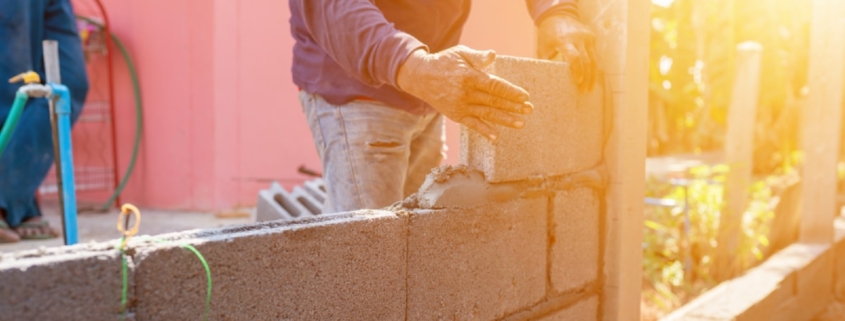Exploring the Latest Trends in Green Construction 2876
A Brief Guide to Commercial Construction Basics
Commercial construction involves the creation of commercial properties, such as offices, retail outlets, and industrial buildings. Understanding the basics of this sector is vital for anyone venturing into the field.
The first step in any commercial construction project is designing and strategizing. This process involves architects and construction professionals who work together to create a design plan that meets both aesthetic and functional needs. It’s crucial to understand that commercial buildings differ from residential ones in terms of scale, complexity, and regulations.
Construction materials used in commercial projects are often different from those used in residential construction. For instance, steel, concrete, and glass are commonly used in commercial buildings due to their versatility, strength, and durability. Selecting the right materials is a critical step that can affect the appearance, safety, and longevity of the building.
The process of commercial construction also includes many regulations and codes. From zoning laws to building codes, these rules govern every aspect of construction, from structural integrity to fire safety. It’s important for builders to familiarize themselves with these regulations to ensure adherence and avoid potential legal issues.
Lastly, the building phase itself is a crucial part of building commercially. This phase involves the actual erection of the structure, from laying the foundation to installing the roof. Efficient project management is key to ensuring that the construction process goes on schedule and smoothly.
Effective Project Management Strategies in Construction
Project management in construction involves overseeing, planning, and executing construction projects. It’s a critical aspect that can significantly impact the budget, timeline, and success of a project.
Firstly, it’s important to have a detailed and comprehensive plan. This plan should outline the resources, timeline, and tasks required for the project. It should also include contingency plans for potential issues.
Communication is another key aspect of construction project management. Regular meetings and updates can ensure that all team members are in sync, and any issues can be addressed immediately.
Dealing with risks is also crucial in construction project management. This involves identifying potential risks and developing strategies to mitigate them.
Lastly, controlling and monitoring the project’s progress is vital. This means monitoring the project’s status regularly to ensure it’s on budget, meeting quality standards, and on track.
In conclusion, grasping commercial construction essentials and efficient project management strategies are key to a successful career in construction.
For more details, check best Chimney Services Dublin or visit their Chimney Repairs Service business listing here.



